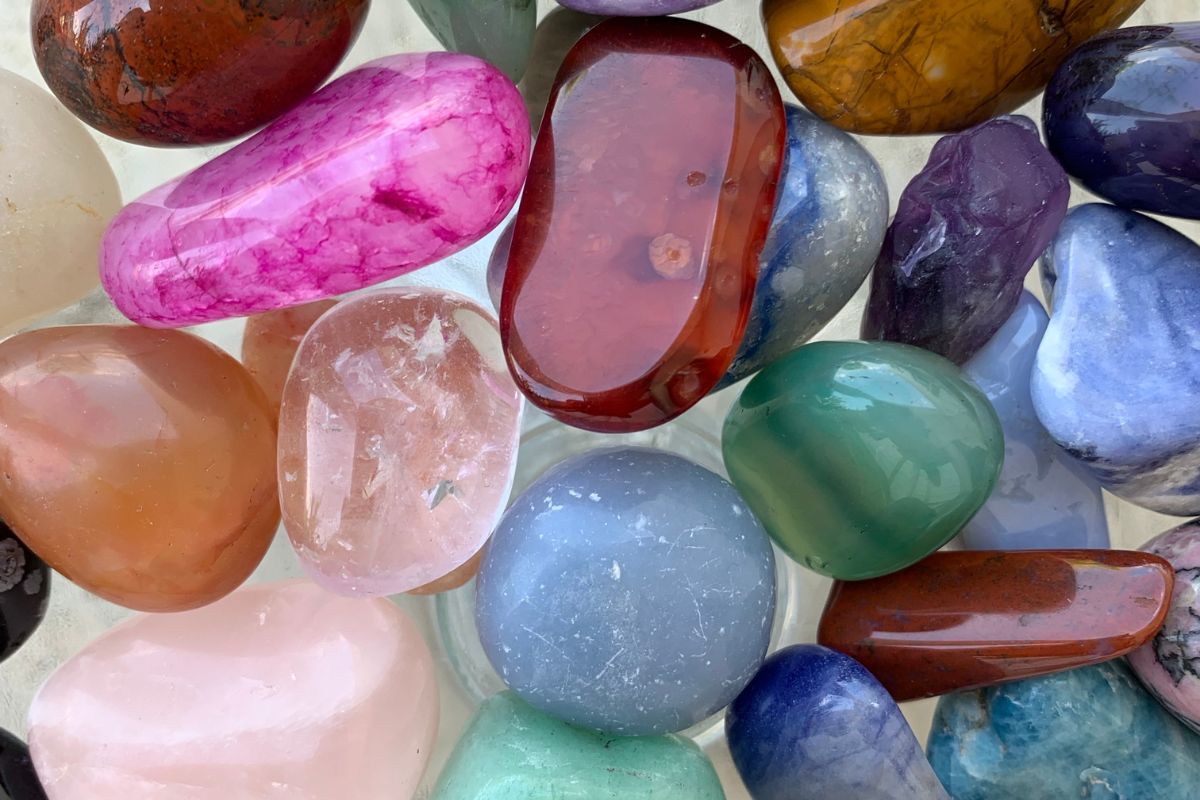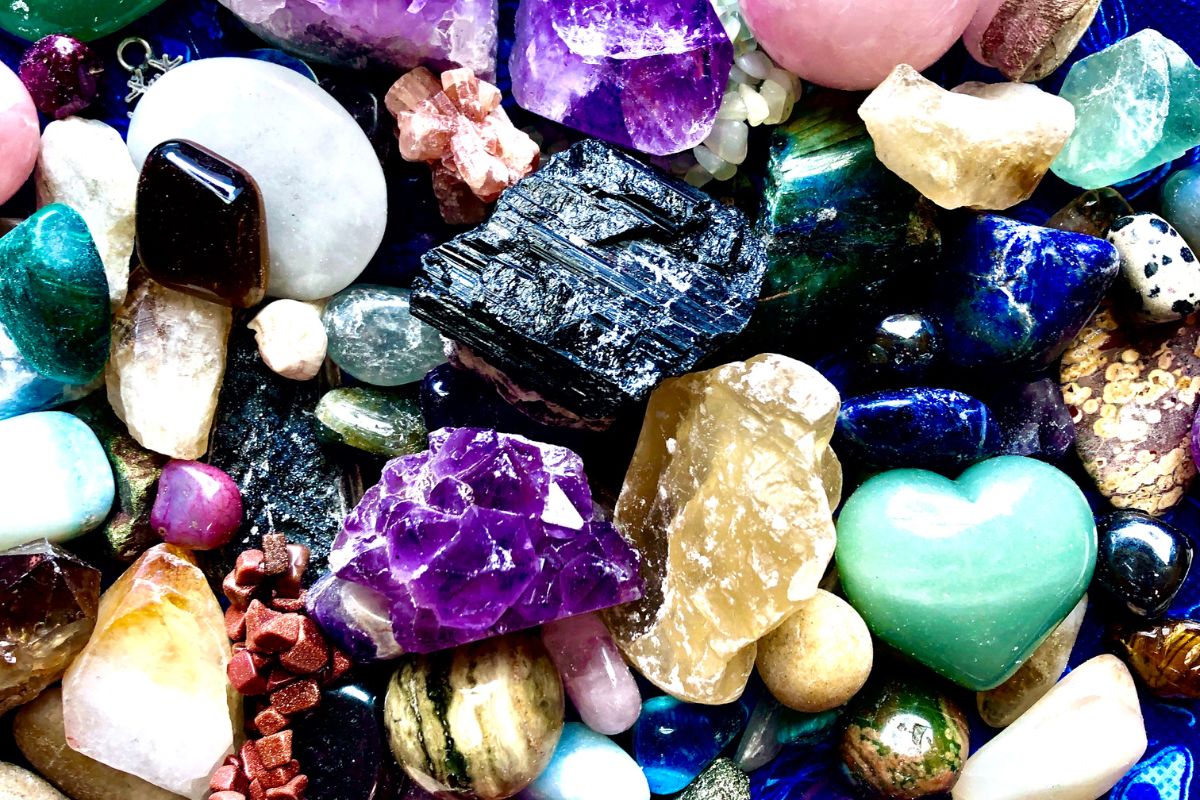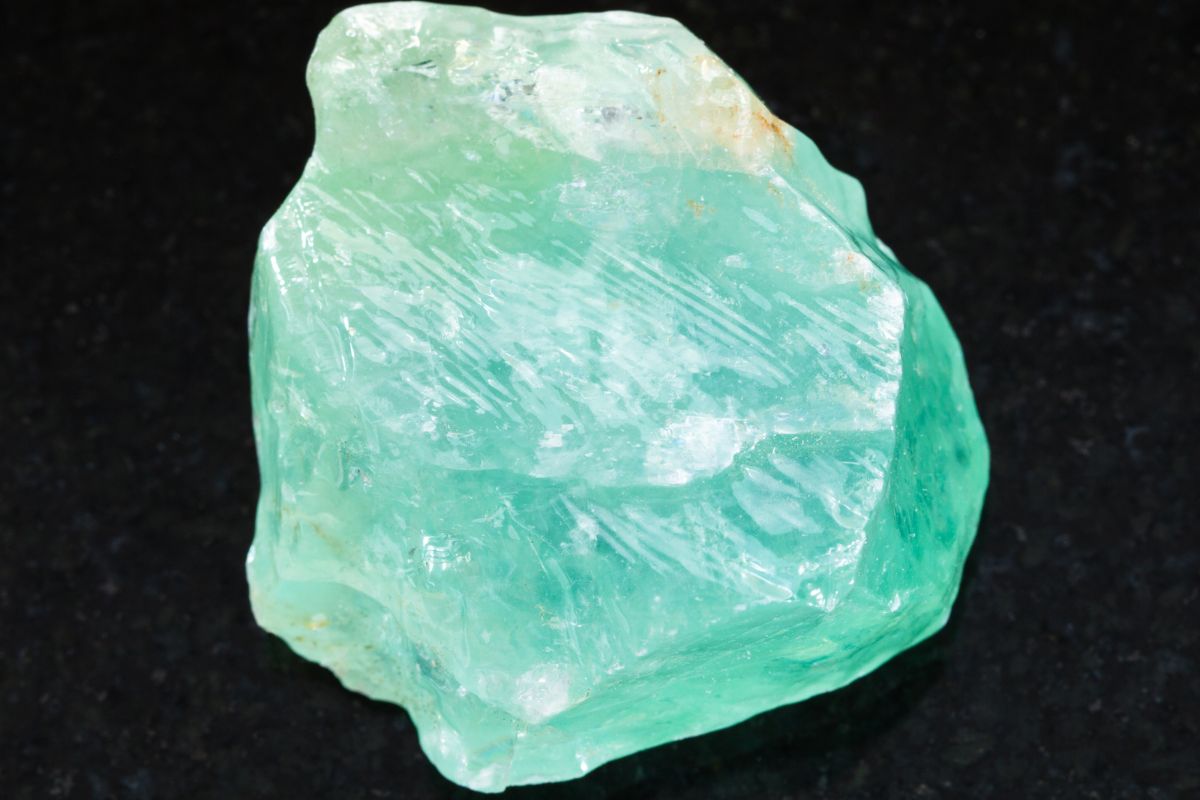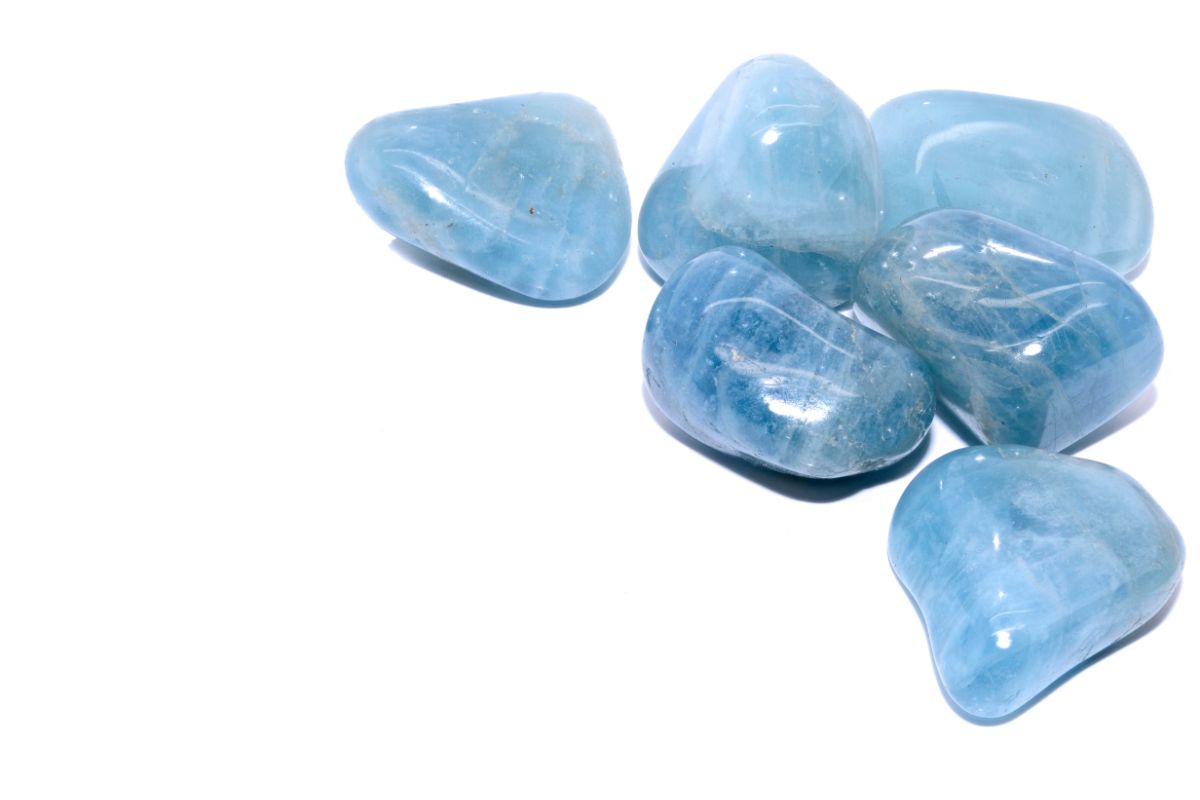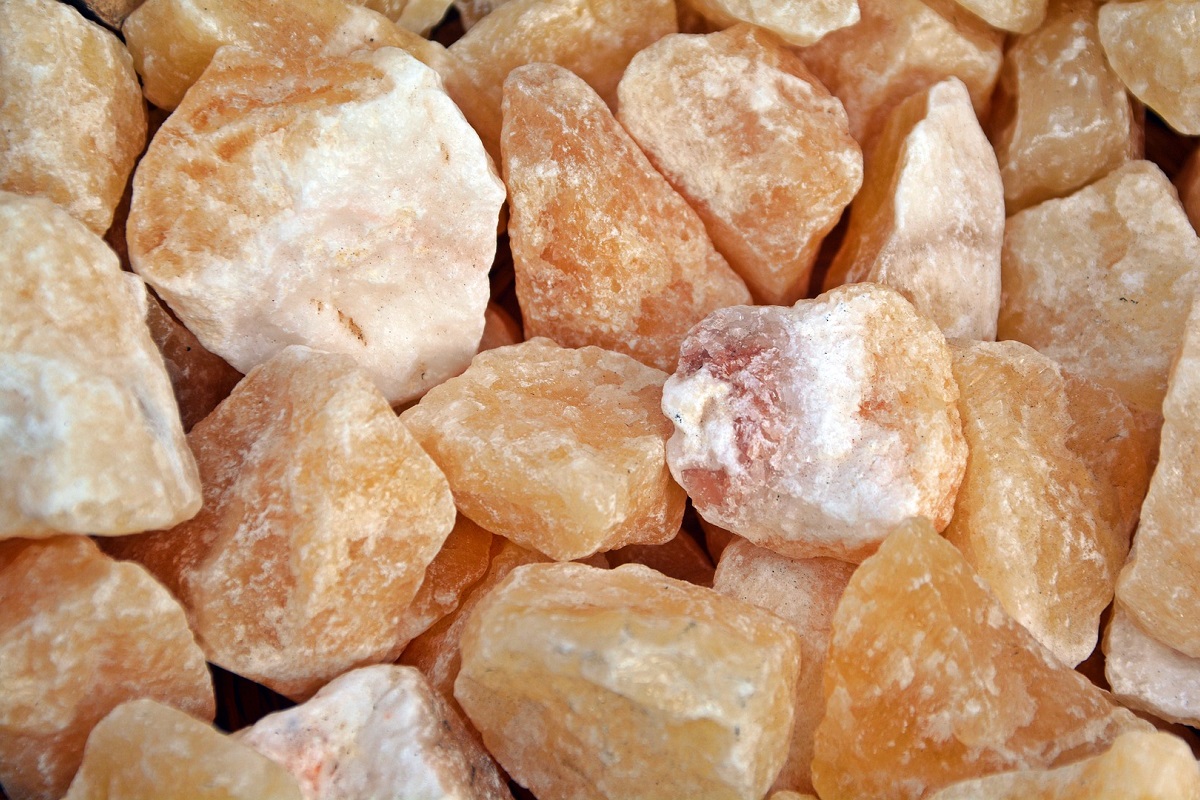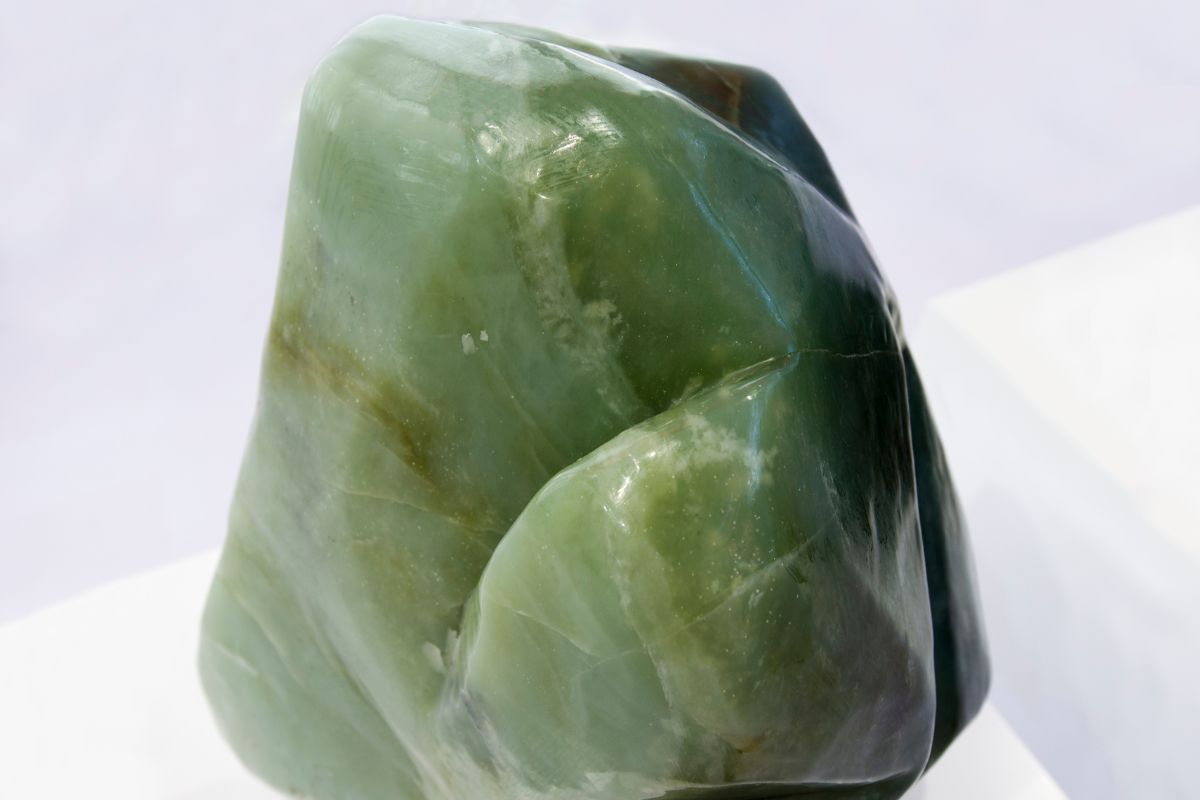Lapis Lazuli and Lapis Armenus are two stunning blue gemstones that have captivated people’s attention for centuries.
Both have been used in art, jewelry, and even medicine due to their unique properties and appearance. While they share some similarities, there are also significant differences between the two stones.
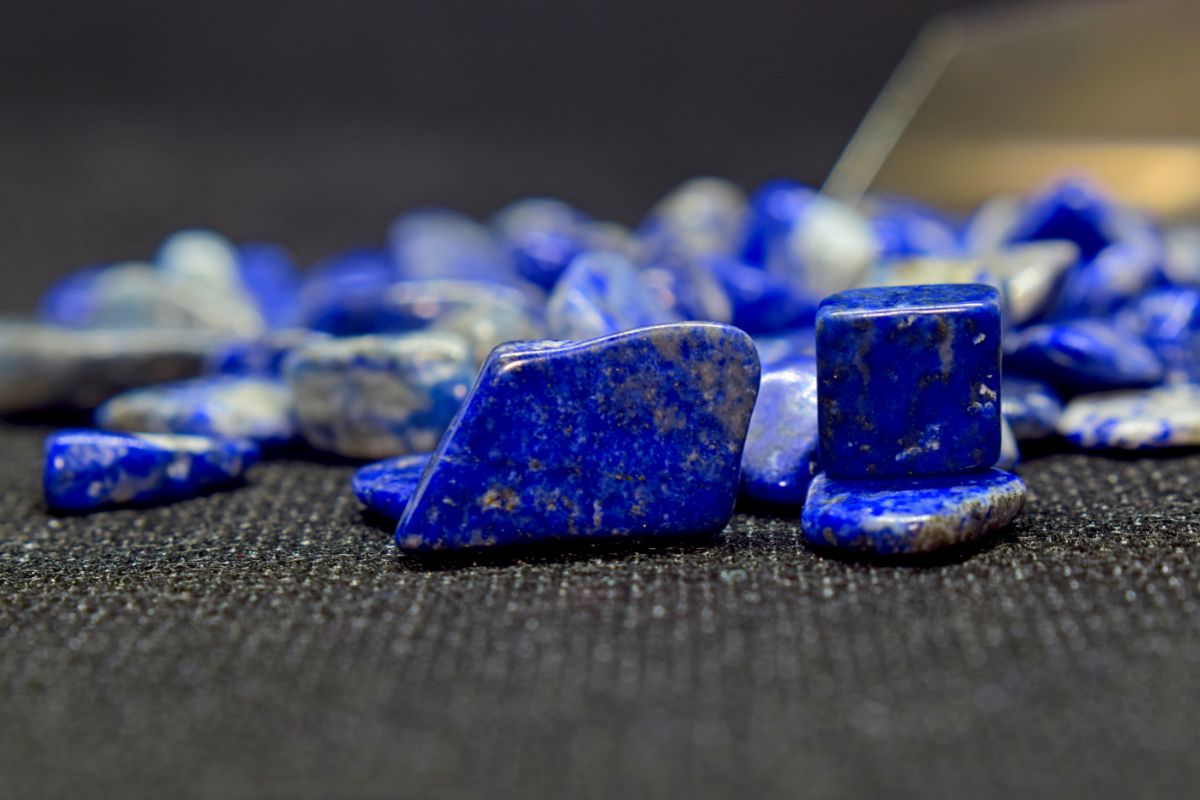
In this article, we’ll explore the facts, uses, and more of Lapis Lazuli and Lapis Armenus, including their geological origin, chemical composition, physical properties, historical and cultural significance, and uses in art, jewelry, and medicine.
So, keep reading for another comparison of two mesmerizing gemstones!
What Is Lapis Lazuli?
Lapis Lazuli is a deep blue gemstone that has been cherished for thousands of years and it’s made of many minerals, such as lazurite, calcite, but also pyrite, and can be found in many parts of the world.
The name “lapis lazuli” comes from Latin, a language in which “lapis,” holds for “stone,” but also the Persian language, where “lazhuward,” translates as “blue.
Lapis Armenus is a blue stone that has been used for thousands of years in the creation of jewelry, mosaics, and other decorative items.
It is a type of limestone that is rich in calcite and pyrite, which gives it a unique blue and gold appearance.
Lapis Lazuli and Lapis Armenus have different geological origins and chemical compositions.
Lapis Lazuli is a metamorphic rock that is composed mainly of lazurite, a blue mineral that is found in Afghanistan, Chile, Russia, and other locations.
It also contains other minerals, including calcite, pyrite, and sodalite. The blue color of Lapis Lazuli comes from the presence of the lazurite mineral.
On the other hand, Lapis Armenus is a sedimentary rock that is composed mainly of armenite, a blue mineral that is found in Armenia.
It also contains other minerals, including calcite, pyrite, and lazurite, with the blue color of Lapis Armenus coming from the presence of the armenite mineral.
For geologists and chemistry fans, Lapis Lazuli has a composition of Na6Ca2(Al6Si6O24) (S,SO4,Cl)2, while Lapis Armenus has a composition of Cu4(CO3)(OH)6.
Both gemstones have unique chemical compositions that contribute to their different physical properties and uses.
Lapis Lazuli and Lapis Armenus have some notable differences in physical properties.
Lapis Lazuli typically has a deep blue color with golden or white flecks, while Lapis Armenus is more of a rich, royal blue.
It also has a Mohs hardness of 5-6, making it a relatively soft stone, whereas Lapis Armenus is harder with a Mohs hardness of 6.5-7.
In addition to that, Lapis Armenus tends to be more translucent than Lapis Lazuli, allowing light to pass through it more easily.
Another notable difference is their specific gravity, which is the ratio of the density of a substance to the density of a reference substance.
Lapis Lazuli has a specific gravity of around 2.7-2.9, while Lapis Armenus has a higher specific gravity of 3.2-3.3. This means that Lapis Armenus is denser than Lapis Lazuli.
In terms of texture, Lapis Lazuli has a grainy, sometimes even chalky texture due to the presence of calcite and pyrite. Lapis Armenus, on the other hand, has a smoother, more polished texture.
Overall, while both stones share some similar physical properties, such as their blue color and association with gold flecks, they differ in hardness, specific gravity, and texture.

Lapis Lazuli has been highly valued for centuries, used as a symbol of royalty and power in ancient civilizations such as Egypt and Mesopotamia.
It was even ground into powder to make the valuable pigment ultramarine, which was used in Renaissance paintings.
On the other hand, Lapis Armenus has a more localized cultural significance, and its name is a tell-tale of where it’s been famous!
It has been prized in Armenia for centuries, where it is known as “Armenian Stone” and has been used for decorative purposes in architecture and jewelry, while it is also believed to have healing properties and was used in traditional Armenian medicine.
Both stones have also been associated with spiritual and metaphysical properties too, with Lapis Lazuli being said to promote self-awareness and spiritual enlightenment and Lapis Armenus being believed to have grounding and protective energies.
Let’s take a closer look at how these gemstones have been used throughout history in art, jewelry, and medicine:
Art
Lapis Lazuli has been used in art for centuries, particularly during the Renaissance period. The vibrant blue color was highly prized by artists, who would grind the gemstone into a powder to create the pigment ultramarine.
Lapis Armenus, on the other hand, was not commonly used in art due to its darker color.
Jewelry
Both Lapis Lazuli and Lapis Armenus have been used in jewelry for centuries. In ancient times, Lapis Lazuli was carved into beads and used in necklaces and bracelets.
Today, it is still used in jewelry, particularly in bohemian-style pieces. Lapis Armenus, due to its rarity, is not commonly used in jewelry.
Medicine
Finally, Lapis Lazuli has been used for medicinal purposes for centuries. In ancient Egypt, it was ground into a powder and used as eye makeup, while it was also believed to have healing properties and was used to treat various ailments.
Lapis Armenus was also believed to have medicinal properties, particularly in treating digestive issues, but it was used way more for its spiritual properties.
The Bottom Line
Whether you prefer the deep blue hues of Lapis Lazuli or the brighter tones of Lapis Armenus, there’s no denying the beauty and allure of these gemstones.
From ancient times to modern day, they have continued to fascinate and inspire us.
So, next time you see a piece of jewelry or artwork featuring one of these gems, you’ll know a little more about the fascinating history and properties behind it.
- 15 Crystals That Cannot Be Exposed To The Sun - January 7, 2024
- Malachite Vs Fuchsite – Benefits And Uses - January 7, 2024
- Malachite Vs. Green Jasper: Benefits And Uses - January 7, 2024

